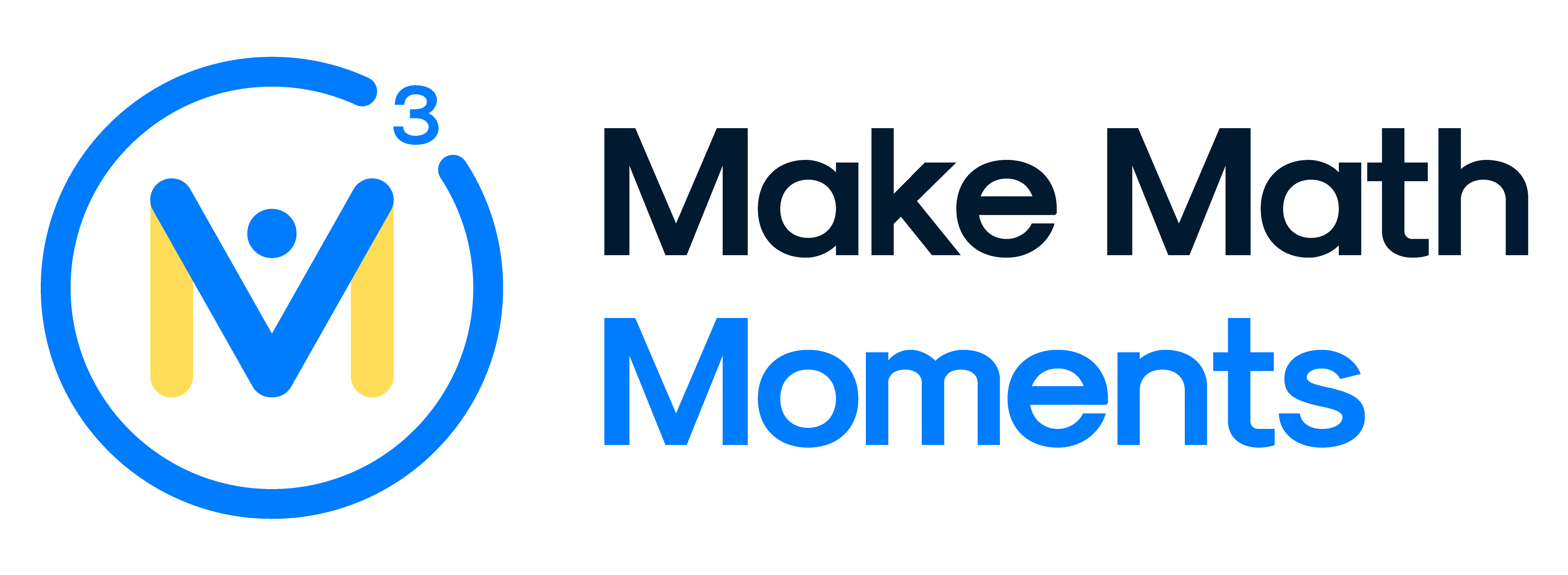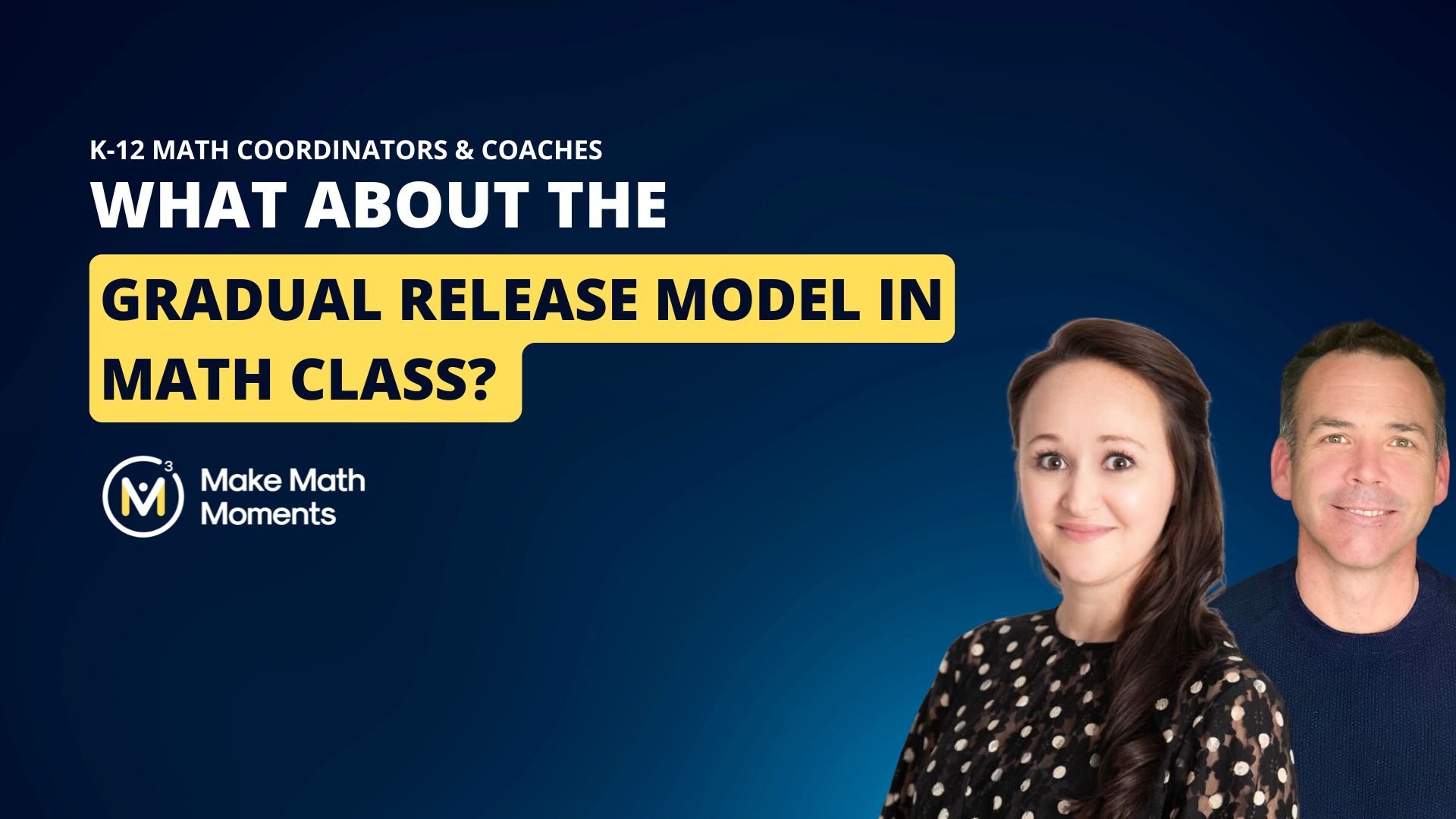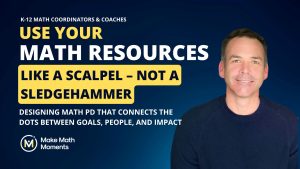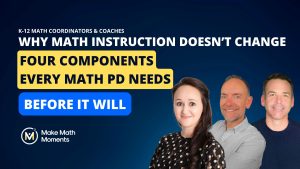As we support district teams across North America in designing more meaningful and mathematically rich learning experiences, we regularly receive thoughtful questions from instructional leaders navigating shifts in instructional models.
One question that comes up often is this:
“How do you help convince educators to shift their instruction towards problem or task based vs always using the Gradual Release of Responsibility model?”
Recently, we received a version of that question from a district leader preparing to guide a math task force.
She was encountering some internal tension: while she was leaning into the power of curiosity and sense-making to launch math learning, others in her system were pointing back to the Gradual Release model—urging her to start with direct modeling and explicit instruction from the outset.
If you’ve ever been asked to justify why you’re choosing to start with student thinking instead of teacher explanation, this might be helpful to you too.
The Question (in part):
“One of the areas I’m getting pushback on is what I’m calling ‘the order of the lesson.’ My colleagues are sending me research that supports the Gradual Release model and are hesitant to shift, especially after years of promoting ‘I do, we do, you do.’
They’re open to a curiosity hook—but not to students grappling with problems before the teacher shows them how.
They reference Hattie’s research on explicit instruction and its high effect size.
I think there’s a language disconnect. Do you have research that supports a task-first model—where students begin with sense-making before formal instruction?”
Our Response:
A problem-based or task-first approach is grounded in the three-part lesson structure described by John Van de Walle—Minds-On, Action, Consolidation—which moves students from curiosity to clarity in a deliberate way:
- The Minds-On phase activates prior knowledge and primes student thinking
- The Action phase engages students in productive struggle with a rich, accessible problem
- The Consolidation phase is where explicit instruction happens, connecting strategies to formal math concepts and procedures
In this model, direct instruction isn’t eliminated—it’s strategically repositioned to build on student thinking.
This is aligned with research from NCTM’s Principles to Actions and Stein, Smith, Henningsen, & Silver, which supports beginning instruction with rich tasks that foster:
- Conceptual understanding
- Strategic thinking
- Long-term retention of learning
What the Research Says
“Procedures make sense when they grow out of ideas students have already wrestled with.”
— Stein et al., 2009
“Effective teaching of mathematics uses tasks as a vehicle to engage students in making connections among mathematical ideas, representations, and strategies before procedures are introduced.” (p. 17)
— NCTM, Principles to Actions (2014)
What’s often overlooked in the conversation around John Hattie’s Visible Learning is that his highest-rated instructional approach isn’t isolated explicit instruction—it’s dialogic instruction (effect size ≈ 0.82). This includes:
- Strategic questioning
- Purposeful dialogue between teacher and students
- Constructing understanding through discussion and reflection
This is precisely what a problem-based or task-first approach makes room for—especially during the consolidation phase.
Let’s Be Clear: This Is Not Either/Or
We’re not saying the Gradual Release of Responsibility model has no place. It can be extremely effective in small-group intervention or targeted skill development, or in consolidating a lesson.
But when every Tier 1 lesson starts with modeling, we risk preempting student thinking—and robbing students of the opportunity to reason, make connections, and own the math.
In a problem-based lesson structure, explicit instruction is still present.
It’s just not the starting point.
In this model, students begin with reasoning—and end with precision.
For Leaders Facing the Same Tension
If you’ve found yourself needing to explain why you’re leading teachers toward task-based lessons that prioritize sense-making up front, you’re not alone.
We hope this response offers language and research to help guide those conversations. You can honor both student agency and instructional clarity.
And remember: you’re not working against the research—you’re leaning into it with greater precision.
Need support helping your team make this shift? We’re here to help. Have a peek at our support programs.






